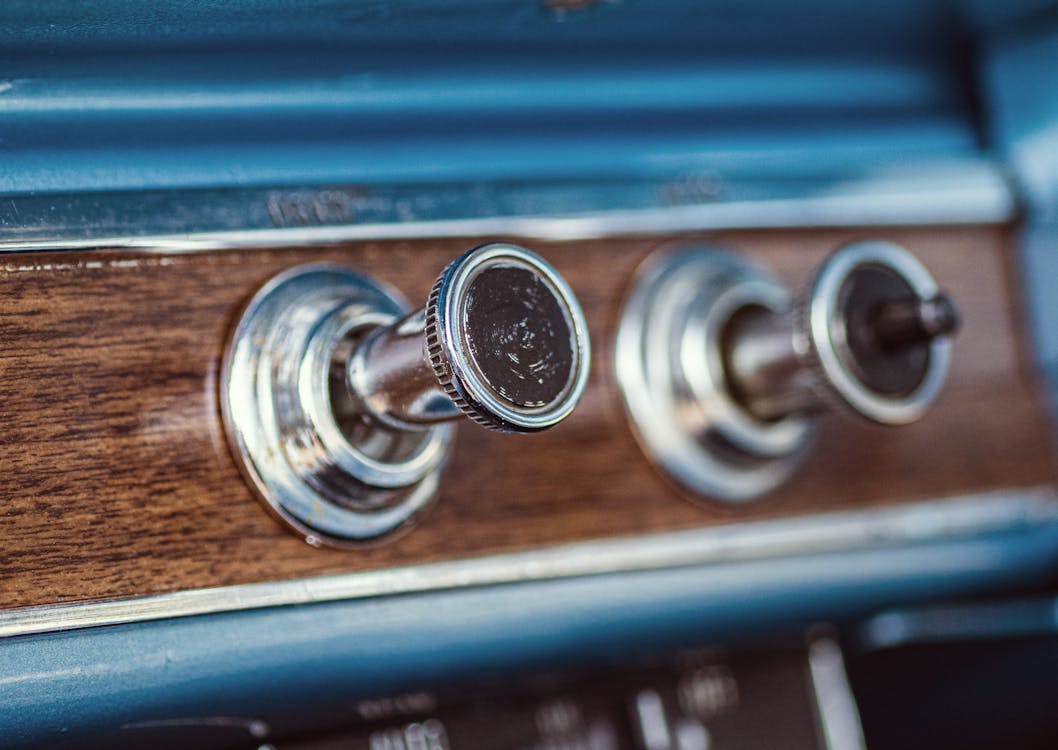
For the past years, cars and truck insides have been swiftly developing towards sleek, screen-dominated control board. Touchscreens replaced conventional knobs, sliders, and switches in what lots of assumed was the unavoidable march of development. Yet, in an unanticipated twist, physical switches are quietly making their way back right into modern-day vehicles. The shift signals greater than just a nostalgic nod-- it's a reaction to real-world comments from drivers yearning simpleness, safety, and tactile complete satisfaction.
The Digital Overload Dilemma
When touchscreens first began taking control of control panels, they felt like the future: clean, personalized, and loaded with functions. They eliminated clutter and allowed car manufacturers to improve their insides with fewer physical components. But as even more functions were buried within electronic food selections, motorists started to articulate concerns.
Touchscreens typically need multiple steps to perform standard jobs like changing the climate or changing the radio terminal. Unlike switches, they lack the instinctive muscle memory that enables a chauffeur to change a setup without taking their eyes off the roadway. With so much occurring on-screen, it ends up being all also easy to obtain distracted-- something nobody wants when traveling at highway rates.
The Return of Tactile Functionality
One of the largest benefits of switches is their responsive comments. You can feel them without needing to look. This sensory reinforcement makes them not simply hassle-free however safer for motorists. When your hand intuitively knows where the quantity handle is or just how far to press a switch to activate the defrost, it minimizes the demand to look down or away from the road. And while touchscreens provide benefit for infotainment and navigating, the essential everyday features-- like hazard lights, audio controls, and HVAC-- really feel far better fit to physical controls.
As a matter of fact, many vehicle drivers that previously spoke highly of electronic systems have actually expressed appreciation for newer versions that mix modern visual appeals with the sensible feel of traditional controls. It's not concerning denying innovation-- it's concerning improving use.
A Balanced Design Philosophy
Designers have paid attention to this changing sentiment. Rather than abandoning screens, they're reconsidering just how they're incorporated. The best interiors currently strike a balance between digital convenience and analog precision. That implies purposefully putting switches for essential features while using digital user interfaces for applications, navigation, and media.
This hybrid technique is especially preferred in cars designed for long-distance driving or family members. The ease of pressing a button without fumbling via a food selection makes a big difference when you're attempting to stay concentrated, comfy, and risk-free. Even in cars understood for sophisticated technology, a straightforward rotating dial or tactile control can be the feature that wins over motorists seeking thoughtful layout.
Buttons and the Emotional Connection
There's additionally something distinctively emotional regarding buttons. They bring a particular level of interaction that touchscreens just don't duplicate. Pushing a button or transforming a dial seems like you're literally interacting with your automobile-- it adds a layer of link that makes the driving experience extra enjoyable.
For those thinking about used Chevy cars, cars from current years commonly use the most effective of both worlds: responsive touch interfaces paired with traditional physical controls. These models bridge the gap in between innovation and knowledge, making them perfect for drivers who value contemporary features without sacrificing convenience of use.
Modern Technology Isn't Just About Screens
It's very easy to merge technology with screens, but true innovation indicates enhancing the driver experience. In this light, buttons are a kind of wise style. They're quick, precise, and do not demand focus. As automobile layout ends up being progressively driver-centric, ease and intuitiveness take center stage.
This also connections directly into the resale and trade-in worth of cars. Autos that prioritize easy to use functions tend to mature better in the eyes of future customers. If you're considering a Chevrolet trade in, recognizing that your present automobile uses an attentively made interior, full with quickly accessible controls, can have a favorable impact.
The Future Is Functional
As vehicle producers re-evaluate the role of interfaces in the cabin, they're directed by motorist responses and real-world functionality researches. The rebirth of switches does not signify a go back to the past-- it's a step info forward in thoughtful, user-first style. It recognizes that progress does not constantly suggest getting rid of the old however incorporating it in a manner that makes driving more secure, simpler, and more enjoyable.
If you're in the market and discovering Chevy new car deals, keep an eye on exactly how different versions handle their interior controls. It's not practically the touchscreen dimension-- it's concerning exactly how the automobile helps you remain concentrated on the road while making your day-to-day commute much more intuitive. Buttons might not be the flashiest attribute, yet they're promptly turning into one of the most appreciated.
For even more insights right into vehicle patterns, interior decoration technologies, and clever automobile buying pointers, make certain to examine back routinely. We're constantly updating the blog site with fresh ideas to help you navigate the road in advance.